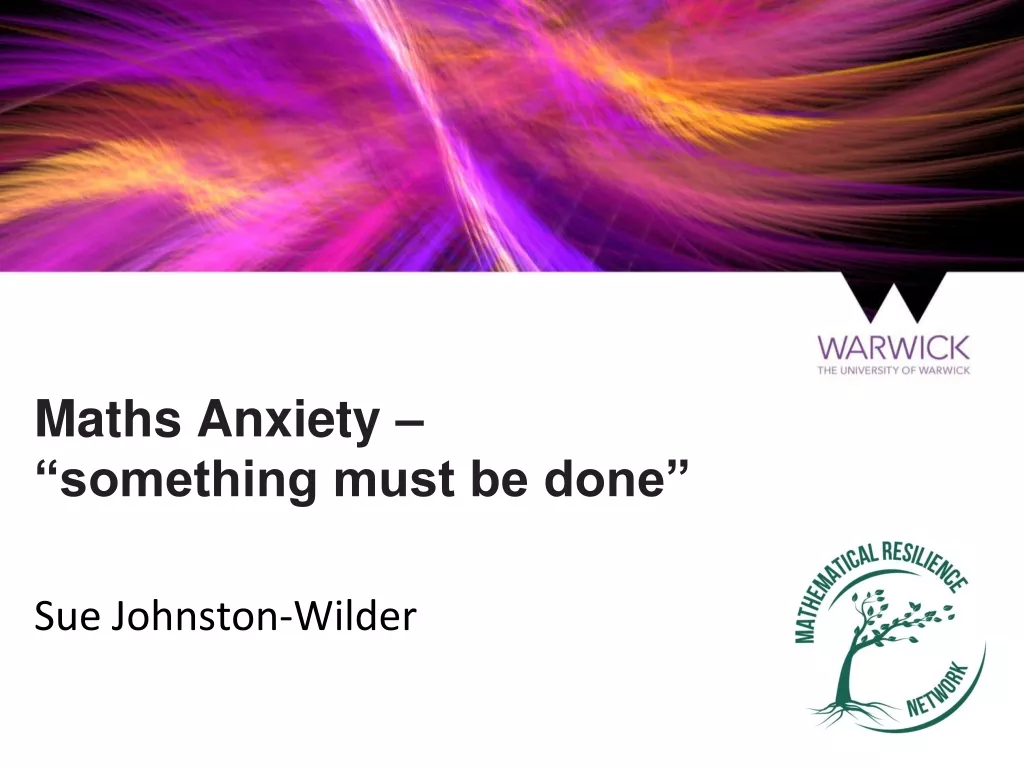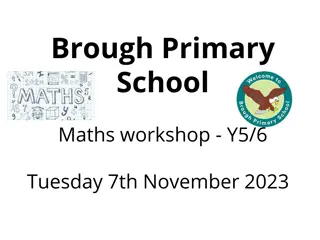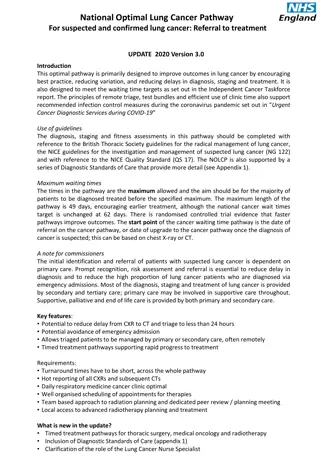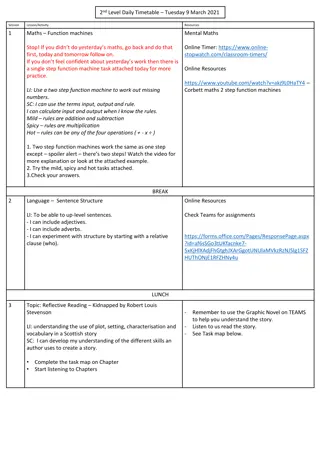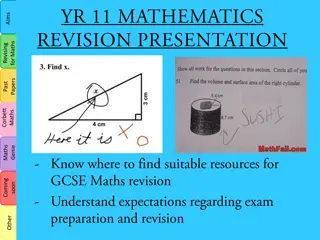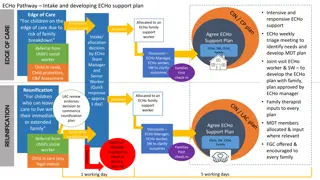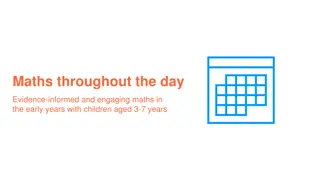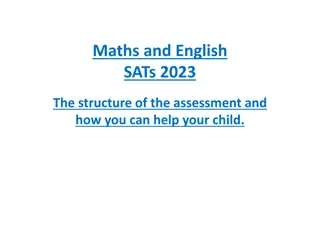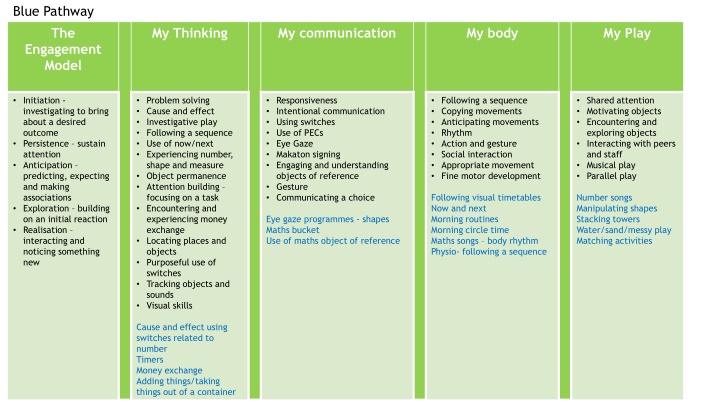
Pathway into Blue and Green: Early Learning Development Model
Discover the Blue and Green Pathway educational frameworks focusing on cognitive, communication, and play engagement skills for young learners. Blue Pathway delves into investigating and problem-solving, while the Green Pathway explores numeracy concepts like addition, subtraction, and fractions. Dive into a unique approach to early childhood education.
Download Presentation

Please find below an Image/Link to download the presentation.
The content on the website is provided AS IS for your information and personal use only. It may not be sold, licensed, or shared on other websites without obtaining consent from the author. If you encounter any issues during the download, it is possible that the publisher has removed the file from their server.
You are allowed to download the files provided on this website for personal or commercial use, subject to the condition that they are used lawfully. All files are the property of their respective owners.
The content on the website is provided AS IS for your information and personal use only. It may not be sold, licensed, or shared on other websites without obtaining consent from the author.
E N D
Presentation Transcript
Blue Pathway The My Thinking My communication My body My Play Engagement Model Initiation - investigating to bring about a desired outcome Persistence sustain attention Anticipation predicting, expecting and making associations Exploration building on an initial reaction Realisation interacting and noticing something new Problem solving Cause and effect Investigative play Following a sequence Use of now/next Experiencing number, shape and measure Object permanence Attention building focusing on a task Encountering and experiencing money exchange Locating places and objects Purposeful use of switches Tracking objects and sounds Visual skills Responsiveness Intentional communication Using switches Use of PECs Eye Gaze Makaton signing Engaging and understanding objects of reference Gesture Communicating a choice Following a sequence Copying movements Anticipating movements Rhythm Action and gesture Social interaction Appropriate movement Fine motor development Shared attention Motivating objects Encountering and exploring objects Interacting with peers and staff Musical play Parallel play Following visual timetables Now and next Morning routines Morning circle time Maths songs body rhythm Physio- following a sequence Number songs Manipulating shapes Stacking towers Water/sand/messy play Matching activities Eye gaze programmes - shapes Maths bucket Use of maths object of reference Cause and effect using switches related to number Timers Money exchange Adding things/taking things out of a container
Green Pathway overview Year 2 Autumn 1 Autumn 2 Spring 1 Spring 2 Summer 1 Summer 2 Number Place Value Counts accurately Recognises numerals Writes numerals Shows understanding of 1:1 correspondence Counts forwards and backwards Matches numerals to amounts Sequences numerals Identifies missing numbers on a number line Addition Adds two numbers together using concrete or visual resources Number- Fractions Recognising and finding half of a shape Recognising and finding half of a quantity Recognising and finding a quarter of a shape Recognising and finding a quarter of a quantity Subtraction Subtracts more than 1 using concrete or visual resources Grouping and Sharing Explores division (sharing) and multiplication Number four functions Revision of previous objectives related to each of the four functions Number Skills Upper green pathway Number counting forwards Participates in number activities Uses numbers in play Counts accurately Recognises numerals Writes numerals Shows understanding of 1:1 correspondence Counts forwards Addition Adds 1 more Adds two numbers together Number counting backwards Participates in number activities Uses numbers in play Counts accurately Recognises numerals Writes numerals Shows understanding of 1:1 correspondence Counts backwards Subtraction Subtracts one Subtracts more than 1 Grouping and Sharing Sorting and grouping (Explores division (sharing) and multiplication) Sequencing and missing numbers Sequences numerals Identifies missing numbers on a number line Matches numerals to amounts Number Skills Complex green pathway Time Show understanding of first / then Anticipate events at certain times of the day Recognise day/ night, morning/ afternoon Ordering events on a timeline Explore the passing of time e.g. 1 min. Has some understanding of days of the week/months of the year. Read a clock to the hour Read a clock to , hour. Read a clock in 5 minute intervals Read a digital clock Has an understanding of time and confidently applies this through the day. Shape Explores different shapes Matches 2d and 3d shapes Names 2d and 3D shapes Uses maths vocabulary in play Finds 2D and 3D shapes in the environment Recognises the properties of shapes Has a concrete knowledge of 2D and 3D shapes, including their names. Measurement size and length Using and Applying Measurement mass and capacity Money Maths Topic All green pathway Using measurement implements and vocab in play e.g. rulers Identify big/ small, short/long Order and compare biggest to smallest, longest to shortest Measure an object using non- standard units e.g. cubes, hands, Measure an object using standard units e.g. cm, ml, g. Can practically measure in a range of different scenarios. Uses mathematical vocabulary in play Recognises colours Creates a pattern Uses math skills to solve problems Exploring filling emptying / heavy and light Using measurement implements and vocab in play e.g. scales. Identify heavy/ light, full/ empty Order and compare heaviest to lightest etc. Measure an object using non- standard units e.g. cubes, hands, Measure an object using standard units e.g. cm, ml, g. Can practically measure in a range of different scenarios. Exchanges money/card for item in a shop Sorts coins by colour / size Names coins and notes. Adds two coins together Knowingly exchanges the correct money in exchange for goods.
Autumn 1 Autumn 2 Spring 1 Spring 2 Summer 1 Summer 2 Yellow 1 and 2 Place Value, sequencing and order Count to and across 100, forwards and backwards from any given number Count, read and write numbers to 100 in numerals Use language of: equal to, more than, less than (fewer), most, least Given a number, identify one more or less than Recognise the place value of each digit in a two-digit number Yellow 1 and 2 Addition and Subtraction Add and subtract numbers using concrete objects, pictorial representations, and mentally, including : a two- digit number and ones, a two- digit numbers and tens, two two-digit numbers, adding three-digit numbers Recall and use addition and subtraction facts to 20 fluently, and derive and use related facts up to 100 Yellow 1 and 2 Multiplication and Division Recall and use multiplication and division facts for the 2,5 and 10 multiplication tables Solve problems involving multiplication and division (including those with remainders), using materials, arrays, repeated addition, mental methods, and multiplication and division facts, including problems in contexts Show that multiplication of two numbers can be done in any order (commutative) and division of one number by another cannot Yellow 1 and 2 Fractions Understand that a fraction can describe part of a set Recognise, find, name and write fractions 1/3, , 2/4 and of a length, shape, set of objects or quantity Understand the larger the denominator is, the more pieces it is split into and therefore the smaller each part will be Yellow 1 and 2 Percentages and decimals recognise the per cent symbol (%) and understand that per cent relates to number of parts per hundred and write percentages as a fraction with denominator 100 Yellow 1 and 2 Four functions Revision of previous objectives related to each of the four functions Maths Number skills Yellow 1 Length and height Choose and use appropriate standard units to estimate and measure Compares and orders lengths and records the results using <,> and = Yellow 1 Position and Direction Describe position, direction and movement, including whole, half, quarter and three- quarter turns Order and arrange combinations of mathematical objects in patterns and sequences Describe positions on a 2-D grid as co-ordinates in the first quadrant Yellow 1 Time Compare and sequence intervals of time Tell and write time to five minutes, including quarter past/to the hour and draw hands on clock Yellow 1 Money Recognise and use symbols for pounds and pence; combine amounts to make a particular value, find different combinations of coins that equal the same amount of money, give change Yellow 1 Mass and Capacity Choose and use appropriate standard units to estimate and measure Compares and orders lengths, mass, volume/capacity and records the results using <,> and = Yellow 1 2D and 3D shape Identify and describe the properties of 2D and 3D shapes, including the numbers of sides and line of symmetry in a vertical line Identify 2D shapes on the surface of 3D shapes Compare and sort common 2D and 3D shapes and everyday objects Yellow 2 - Mass and Capacity Choose and use appropriate standard units to estimate and measure Compares and orders lengths, mass, volume/capacity and records the results using <,> and = Maths - topic Yellow 2 Position and Direction Describe position, direction and movement, including whole, half, quarter and three-quarter turns Order and arrange combinations of mathematical objects in patterns and sequences Describe positions on a 2-D grid as co-ordinates in the first quadrant Yellow 2 Money Recognise and use symbols for pounds and pence; combine amounts to make a particular value, find different combinations of coins that equal the same amount of money, give change Yellow 2 Time Compare and sequence intervals of time Tell and write time to five minutes, including quarter past/to the hour and draw hands on clock Yellow 2 2D and 3D shape Identify and describe the properties of 2D and 3D shapes, including the numbers of sides and line of symmetry in a vertical line Identify 2D shapes on the surface of 3D shapes Compare and sort common 2D and 3D shapes and everyday objects Yellow 2 - Length and height Choose and use appropriate standard units to estimate and measure Compares and orders lengths and records the results using <,> and =
Yellow Pathway Uppers Properties of Number Count to and across 100, forwards and backwards, beginning with 0 or 1, from any given number Count in multiples of twos, fives and tens; 4,8, 50 and 100 Round numbers to at least 100 to the nearest 10 Compare and order numbers up to 1000 Recognise the place value in each digit Count backwards through negative numbers The Four Functions Add and subtract one- digit and two-digit numbers to 20, including zero Add and subtract using concrete objects, pictorial representations, and mentally, including a two-digit number and ones, a two-digit number and tens, two two-digit numbers, adding three one-digit numbers Recognise and use the inverse relationship between addition and subtraction and use this to check calculations Recall and use addition and subtraction facts for 100 (multiples of 5 and 10) Answer basic word problems involving addition and subtraction, moving onto basic two- step problems Calculate mathematical statements for multiplication Solve problems involving multiplication and division, including those with remainders Multiply two-digit and three-digit numbers by a one-digit number using a formal written layout Ratio Money Time, Calendars and Timetables Know the number of seconds in a minute and the number of days in each month, year and leap year Tell and write the time from an analogue clock, including Roman numerals from I to xii and 12 hour and 24 hour clock Record/compare time in terms of seconds, minutes, hours; use vocabulary such as o clock, a.m./p.m., morning, afternoon, noon and midnight Estimate/read time with increasing accuracy to the nearest minute Read, write and convert time between analogue and digital 12 and 24 hour clocks Solve problems involving converting between units of time Measures Choose and use appropriate standard units to estimate and measure length/height/mass/capacity/volume and temperature Measure, compare, add and subtract different measurements Covert between different units of measure (km to m, hours to minutes) Understand and use approximate equivalences between metric units and common imperial units such as inches, pounds and pints Solve problems involving the relative size of two quantities where missing values can be found using integer multiplication and division facts Solve problems involving similar shapes where the scale factor is known or can be found Solve problems involving money Recognise and use symbols for pounds and pence; combine amounts to make a particular value, find different combinations of coins that equal the same amount of money, give change Add and subtract amounts of money to give change, using and p in practical contexts Write amounts of money using decimal notation Recognise that one hundred 1p coins equal 1 and that each coin is 1/100 of 1
LINC Number Linked to Engagement Model More Finished Object permanence stages 1:1 correspondence 1 each 1 and lots Reaction / recognition of counting Shape and Measure Linked to Engagement Model Put items in container Take items out of container Fit a shape in a space Match 2 of the same colour Match 2 of the same shape React to big/small React to long/short React to light / heavy Using and Applying More Finished Cause and effect stages of First / next Sequencing / ordering 2 actions or things




